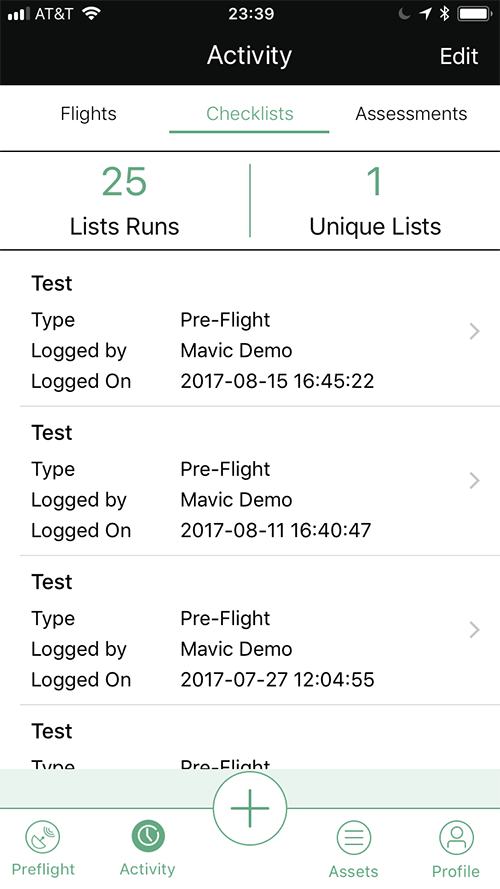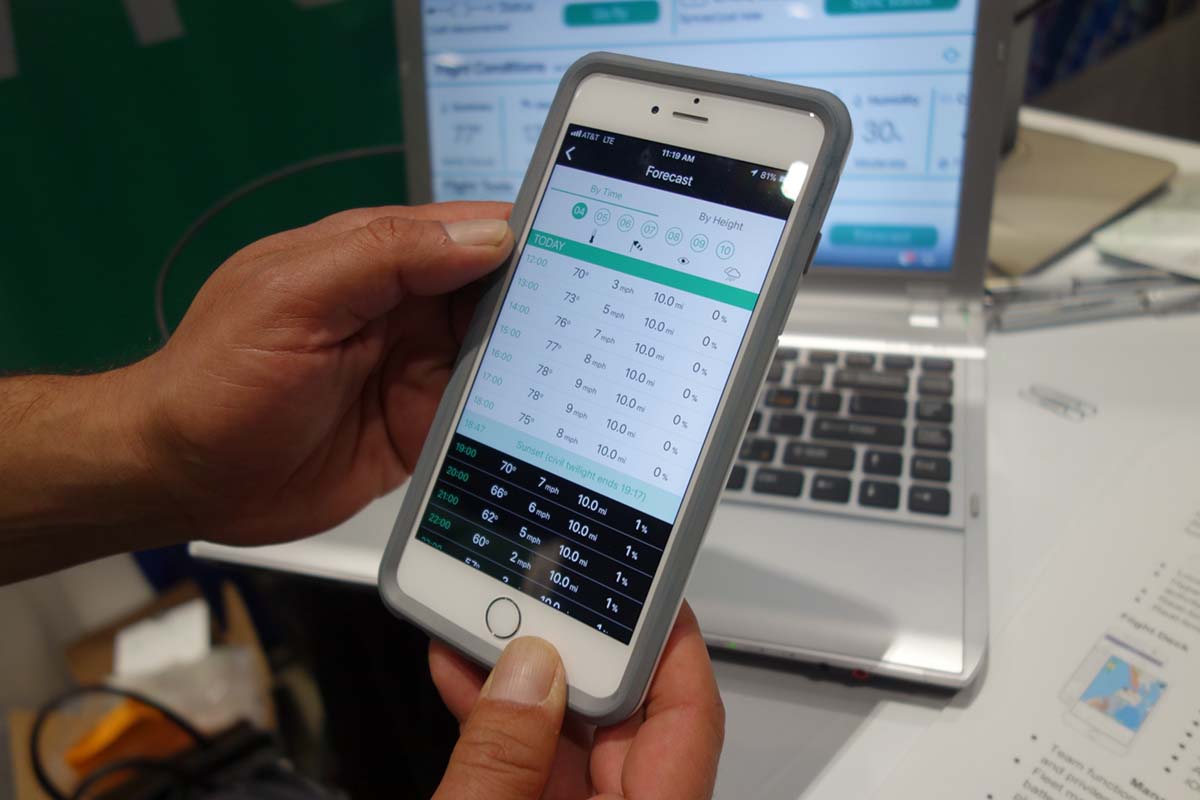It’s no secret that drone operators are using a variety of tools to accurately assess what’s happening with their flight before it takes place, as it’s happening and even once it’s completed. There are numerous apps and processes that allow operators to do everything from access airspace permissions to record flight information to figure out when the weather is going to turn. For anyone who has struggled with getting a handle on all of these tools, much less the info they control, Kittyhawk has released a platform which effectively unifies the mission, aircraft, and data to empower safe and effective drone operations.

A look at some of the info available in the system
Kittyhawk has
announced a new Risk Assessment system and workflow to ensure drone operators can fly in a safe and compliant manner. Pilot checklists and flight logs are a core feature of this system, but it also centralizes countless other pieces of information that are of critical importance for operators. The system allows users to get a record of the risk assessment for the mission, state of the pilot, state of the aircraft, airspace surroundings, and flight conditions.
The fact that all of this information is in one place makes it that much easier for operators to assess what needs to happen in a given situation. It means their decisions can be based on data and information rather than intuition and need.
“Many accidents end up having a combination of contributing factors,” Kityhawk Co-Founder and Chief Pilot Joshua Ziering told Commercial UAV News. “Sure, the propeller departing the aircraft is what made it fall out of the sky but is there a chance the pre-flight checks were not completed as thoroughly as they should have been because the operator was feeling under the weather? Absolutely. This kind of formalized system means that someone is acknowledging potential sources of risk and is able to make more quantitative decisions.”
The responsibility for operations falls on the
FAA Part 107 certificate holder, meaning drone operators need to be able to push back on anyone who wants them to move forward with a flight that they’re not comfortable completing. The information in the Risk Assessment system will be able to justify and mitigate these kinds of situations.
Moreso than the operational opportunities the system provides, a key feature of the system is the simplicity that it enables. Giving an operator everything they need in once place is something users are already talking about.
“Previously, I was getting much of the info in this system by using three or four different apps, so putting it all in one app makes it so much easier,” said Joshua Pruitt, CEO & Chief Pilot,
Abroadened Horizon. “It streamlines everything for me, and makes me that much quicker, which is incredibly important to me and my business.”
The features in the program are broadly applicable, so the functionality in this new system can be leveraged across all of the industries Kittyhawk serves. However, professionals in media,
insurance and
law enforcement should take a close look at what kind of advantages the system presents.
Individual pilots and commercial teams have requested many of the features in Kittyhawk’s new system, and that includes the Initial Risk Assessment and Preflight Risk Assessment it provides. The Initial Assessment is designed to be initiated in the planning phase of a mission while the Preflight Assessment should happen immediately before takeoff. Both of these types of risk assessment are meant to ensure operators have a new level of quantifiable awareness of their drone flight, which should help establish standards they can rely on for their projects and potentially create a major impact on the industry as a whole.
“When clear standards are set, when managers can have confidence in their team to work with minimal oversight, and people can get back to their real business faster magical things can happen,” Ziering continued. “Scaling drone operations while maintaining the exceptional safety standard to date is going to be a challenge. This is a step in the right direction to make sure that drones receive the thoughtful care they deserve and to continue help building a safe and productive industry.”
To learn more about integrating your drone operations, visit the
Kittyhawk site or
connect with their team.
















Comments